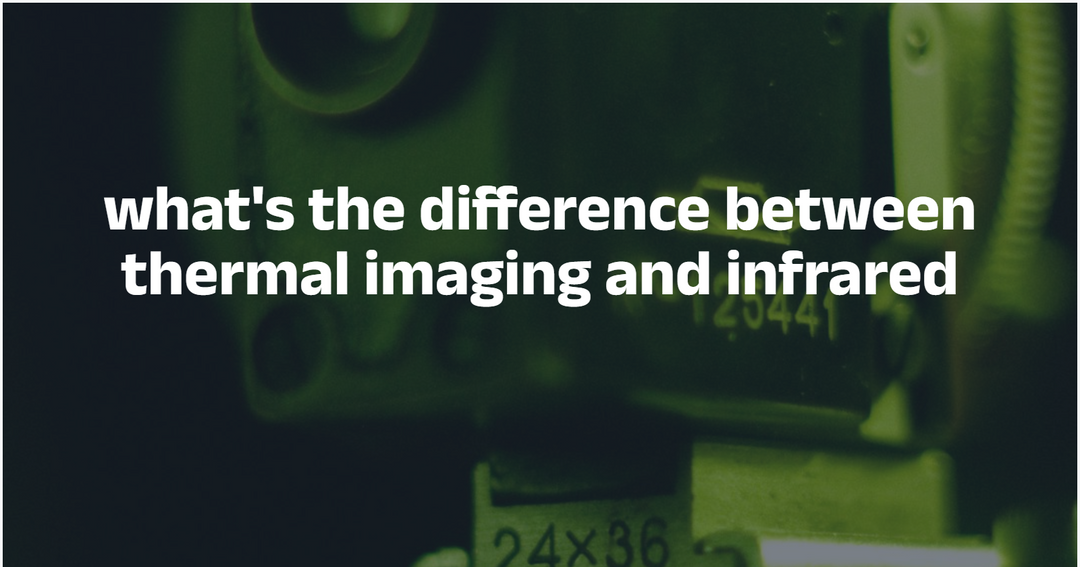What’s the Difference Between Thermal Imaging and Infrared?
In the world of building inspection, home maintenance, HVAC checks, and professional diagnostics, you’ll often hear two terms: thermal imaging and infrared. Many people assume they’re the same — but there are key differences that can help you choose the right tool for your needs.
This guide explains the difference between thermal imaging and infrared, why it matters, and how two advanced NOYAFA tools — the budget-friendly NF-521S and the high-definition NF-526E — fit different professional and personal use cases.
1. What Does “Infrared” Mean?
Infrared (IR) refers to electromagnetic radiation with a wavelength longer than visible light but shorter than microwaves (approx. 700 nm – 1 mm). In everyday life, IR is used in remote controls, motion sensors, and temperature measurement tools.
When people mention “infrared cameras,” they often mean devices that detect IR energy and convert it into a visible light image — but not necessarily one that measures temperature accurately.
2. What Is Thermal Imaging?
Thermal imaging specifically detects and visualizes heat emitted by objects. A thermal camera measures surface temperatures and displays them as color gradients — with warmer areas shown in red/yellow and cooler areas in blue/purple tones.
This makes thermal imaging crucial for detecting leaks, insulation gaps, electrical faults, or overheating machinery without physical contact.
3. Key Difference: Thermal Imaging vs Infrared
| Term | What It Refers To | Typical Use |
|---|---|---|
| Infrared | IR radiation beyond the visible spectrum | Night vision, IR sensors, signal transmission |
| Thermal Imaging | Visualization of heat differences | Building inspection, HVAC, electrical maintenance |
In short: All thermal imaging uses infrared, but not all infrared devices perform true thermal imaging.
4. Why the Difference Matters
Understanding the distinction helps you pick the right tool for your work:
- Resolution & Sensitivity: Thermal imagers detect subtle heat differences, ideal for precise inspection.
- Temperature Range: Infrared sensors may only detect heat presence; thermal imagers give actual values.
- Use Case: Choose IR for simple detection, thermal imaging for professional diagnostics.
5. Compare Two NOYAFA Thermal Imagers

NF-521S Thermal Imaging Camera
✅ Affordable entry-level thermal imager for home inspections and DIY users.
🔍 120×90 IR resolution | –20°C to 400°C range | Compact and lightweight.
Ideal for detecting heat leaks, insulation gaps, or small electrical issues.

NF-526E Handheld Thermal Imager (HD)
💡 Professional-grade thermal imager for engineers and inspectors.
📸 256×192 IR resolution | Wide 55°×83° FOV | High-definition thermal display.
Perfect for electrical systems, HVAC analysis, and industrial maintenance.
6. Choosing the Right Model
If you’re a homeowner or DIY user, the NF-521S offers excellent performance at a friendly price. For professionals or frequent inspectors, the NF-526E provides greater detail, higher resolution, and better coverage.
7. Final Thoughts
Thermal imaging and infrared may sound similar, but understanding their difference helps you select the right inspection tool. With NOYAFA’s advanced technology and proven reliability, both the NF-521S and NF-526E make identifying heat loss, electrical faults, and hidden issues easier than ever.




